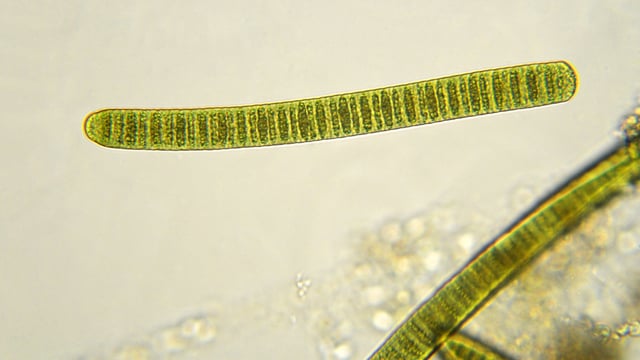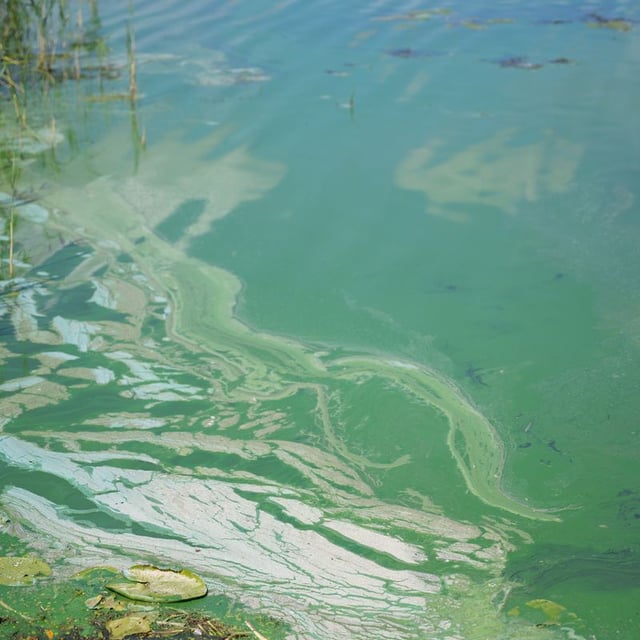Overview
- Scientists have discovered the oldest evidence of photosynthesis, dating back 1.75 billion years, in the form of fossilized cyanobacteria found in Australia.
- The cyanobacteria fossils contain thylakoid membranes, where photosynthesis takes place, extending the fossil record of such structures by at least 1.2 billion years.
- Previous indirect evidence suggested that cyanobacteria had thylakoids around this time, but the exact timeline of their evolution was unclear.
- The discovery could help clarify the history of the Great Oxidation Event, when oxygen levels in the atmosphere rose to allow new forms of life.
- Researchers also found approximately one billion-year-old photosynthesizers in Canada, which would have been record-setting without the Australian discovery.


